Increased Focus on Mental Health
The growing awareness surrounding mental health issues is significantly influencing the EEG Electrodes Market. As societies recognize the importance of mental well-being, there is a rising demand for tools that facilitate the diagnosis and treatment of mental health disorders. EEG electrodes play a crucial role in this context, as they are essential for monitoring brain activity and diagnosing conditions such as depression and anxiety. Recent statistics suggest that the mental health market is expected to reach a valuation of over 200 billion by 2027, which could lead to increased investments in EEG technology. This trend indicates a promising outlook for the EEG Electrodes Market, as healthcare providers seek effective solutions for mental health management.
Emerging Applications in Neurology
The EEG Electrodes Market is witnessing a diversification of applications, particularly in the field of neurology. Beyond traditional uses in epilepsy monitoring, EEG electrodes are increasingly being utilized in research and clinical settings for conditions such as sleep disorders, traumatic brain injuries, and neurodegenerative diseases. The expansion of these applications is supported by a growing body of research that underscores the importance of brain activity monitoring in understanding various neurological conditions. Market data indicates that the segment of EEG electrodes used for research purposes is expected to grow significantly, reflecting a broader acceptance of EEG technology in diverse medical fields. This trend suggests a dynamic evolution within the EEG Electrodes Market.
Rising Demand for Home-Based Monitoring
The EEG Electrodes Market is adapting to the rising demand for home-based monitoring solutions. As healthcare shifts towards more patient-centric models, there is an increasing need for devices that allow individuals to monitor their brain activity from the comfort of their homes. This trend is particularly relevant for patients with chronic neurological conditions who require regular monitoring. The development of portable EEG devices and user-friendly interfaces is facilitating this transition, making it easier for patients to engage in self-monitoring. Market analysis indicates that the home healthcare segment is projected to grow substantially, which could lead to a significant increase in the adoption of EEG electrodes for home use. This shift presents a unique opportunity for innovation within the EEG Electrodes Market.
Regulatory Support and Funding Initiatives
The EEG Electrodes Market is benefiting from increased regulatory support and funding initiatives aimed at advancing neurotechnology. Governments and health organizations are recognizing the potential of EEG technology in improving healthcare outcomes, leading to the establishment of funding programs and grants for research and development. This support is crucial for fostering innovation and ensuring that new technologies are brought to market efficiently. Recent reports indicate that funding for neurotechnology research has seen a marked increase, which is likely to stimulate growth within the EEG Electrodes Market. As regulatory frameworks evolve to accommodate new technologies, the market is expected to expand, providing opportunities for manufacturers and researchers alike.
Technological Advancements in EEG Electrodes
The EEG Electrodes Market is experiencing a surge in technological advancements that enhance the efficacy and precision of brain monitoring. Innovations such as dry electrodes and wireless technology are gaining traction, allowing for more comfortable and convenient usage. The integration of artificial intelligence and machine learning in EEG data analysis is also transforming the landscape, enabling more accurate interpretations of brain activity. According to recent data, the market for EEG electrodes is projected to grow at a compound annual growth rate of approximately 8% over the next five years. This growth is largely driven by the increasing demand for advanced diagnostic tools in neurology and psychiatry, indicating a robust future for the EEG Electrodes Market.


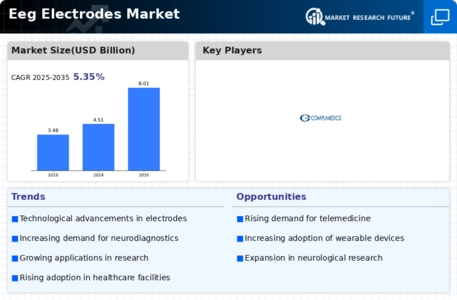

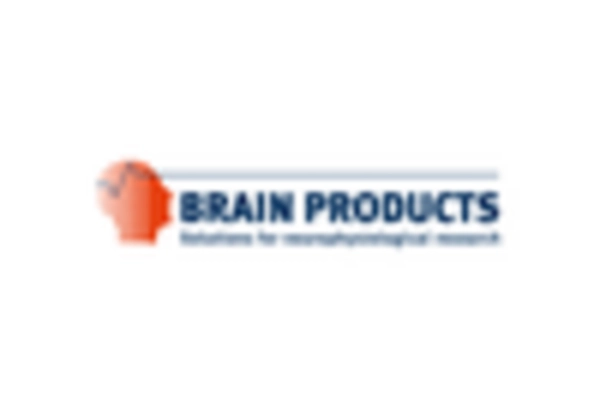
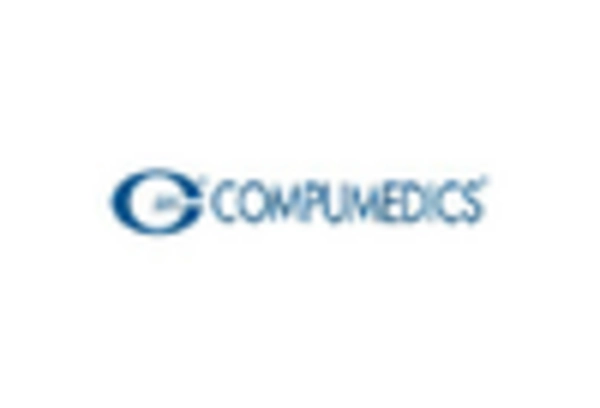
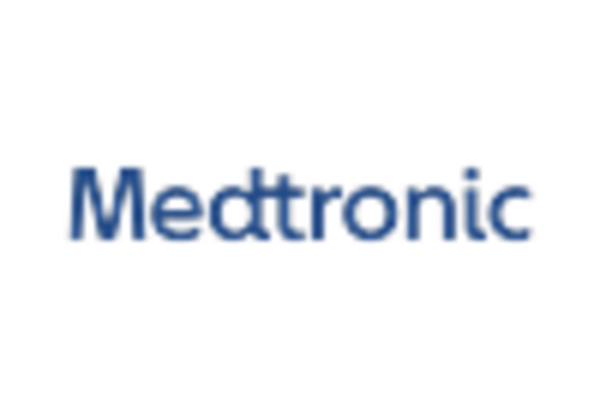

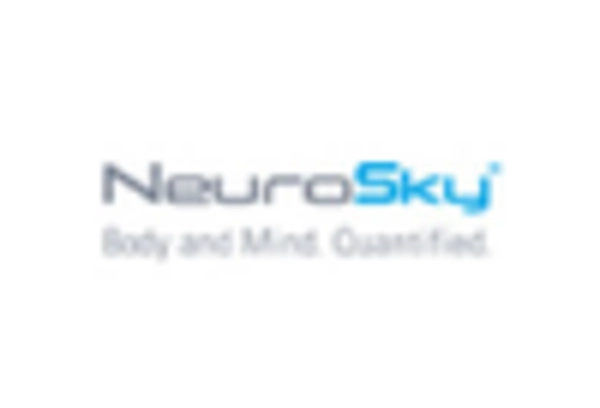
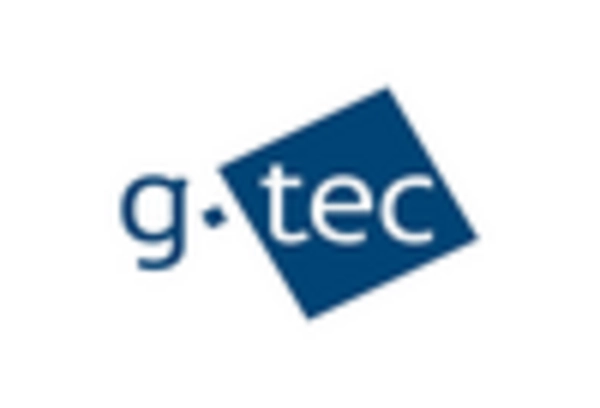








Leave a Comment